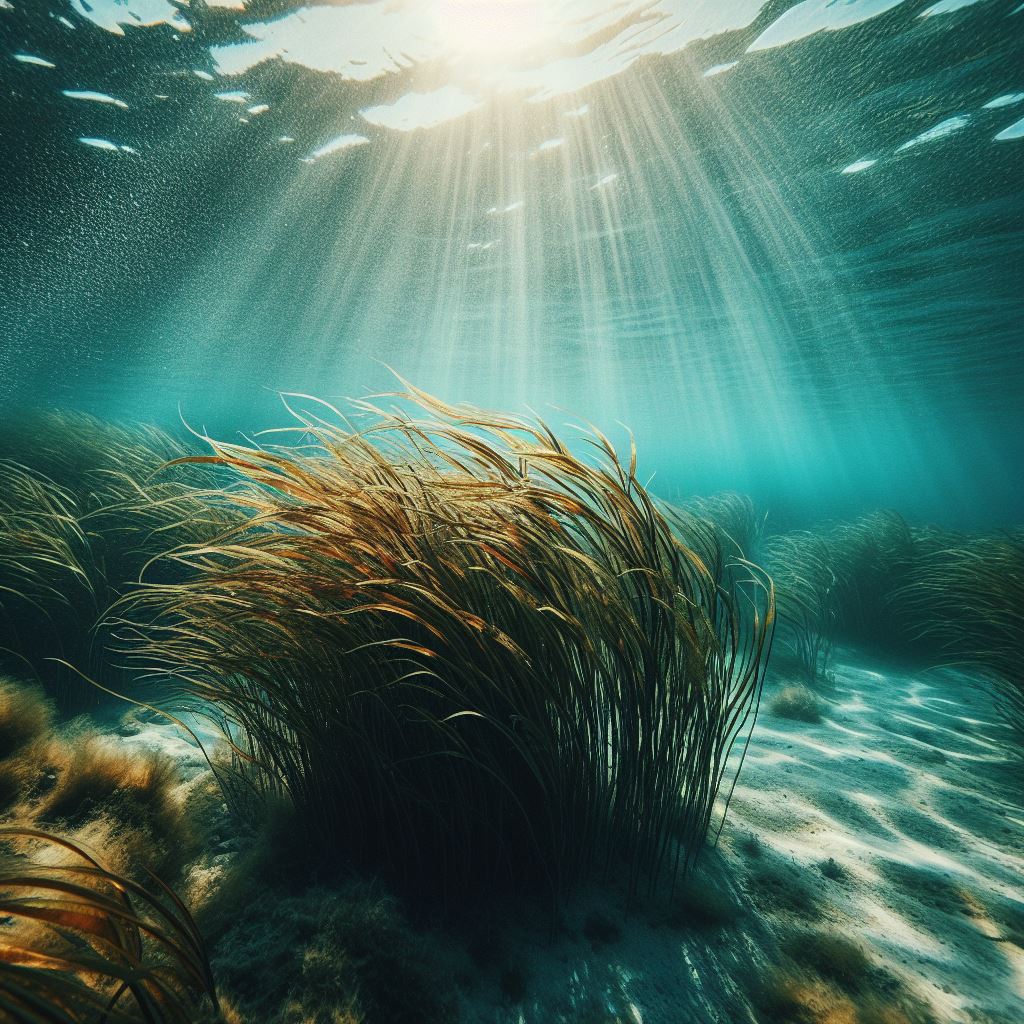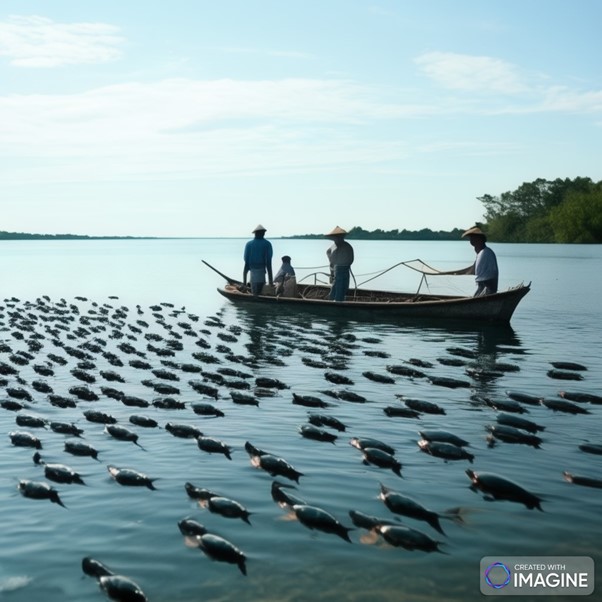By: Md. Lifat Rahi, Tanzina Ferdusy, Shams Wali Ahmed, Md. Nuruzzaman Khan, Dania Aziz, Krishna R. Salin
Article Prepared By: Farah Izana binti Abdullah
Change in environmental salinity level is a major limiting factor for aquaculture productivity because it imposes severe stress on organisms that in turn retards growth. Due to the rise in sea level under climate change conditions, a large proportion of inland water is at the risk of salinity intrusion that can adversely affect biodiversity and freshwater aquaculture. Mud crab can tolerate a wide range of salinity levels, farming of S. olivacea can be alternative to the negative impacts of salinity intrusion. Therefore, attempts were made to investigate salinity-induced changes in growth, rate of oxygen consumption, and expression pattern of five selected genes in the orange mud crab. Growth performance was found to be very low at 0% salinity initially, but after 30 days crabs showed better growth performance at this salinity level. The orange mud crab might require 3–5 days for acclimation to salinity stress but it can take at least 30 days for acclimation to regular growth. Results indicate that with proper acclimation, the orange mud crab can be farmed at low salinity conditions and possibly in freshwater conditions.
Web: DOI: 10.1111/are.14772

Date of Input: 28/09/2021 | Updated: 28/09/2021 | m_fakhrulddin
MEDIA SHARING





























